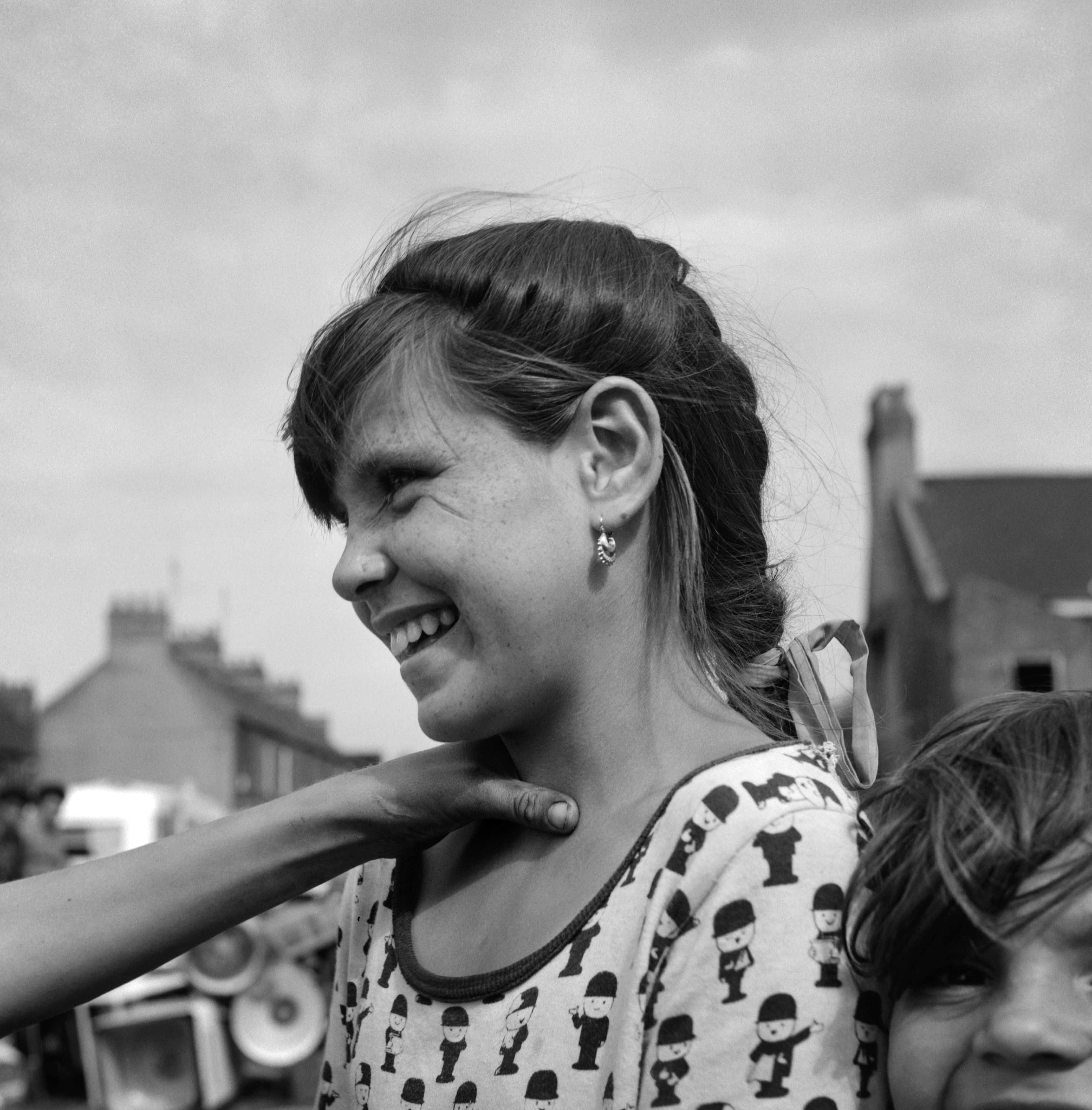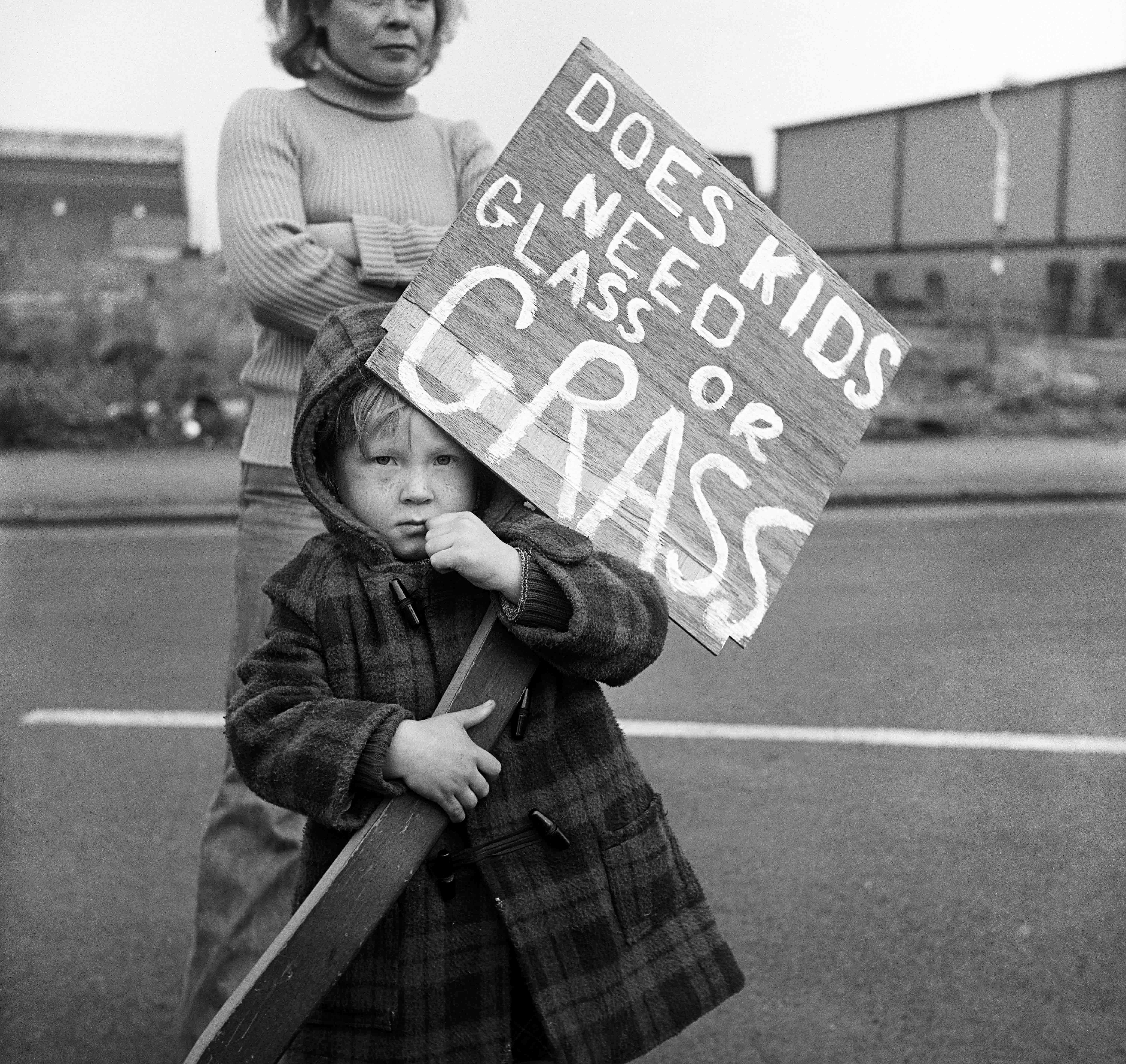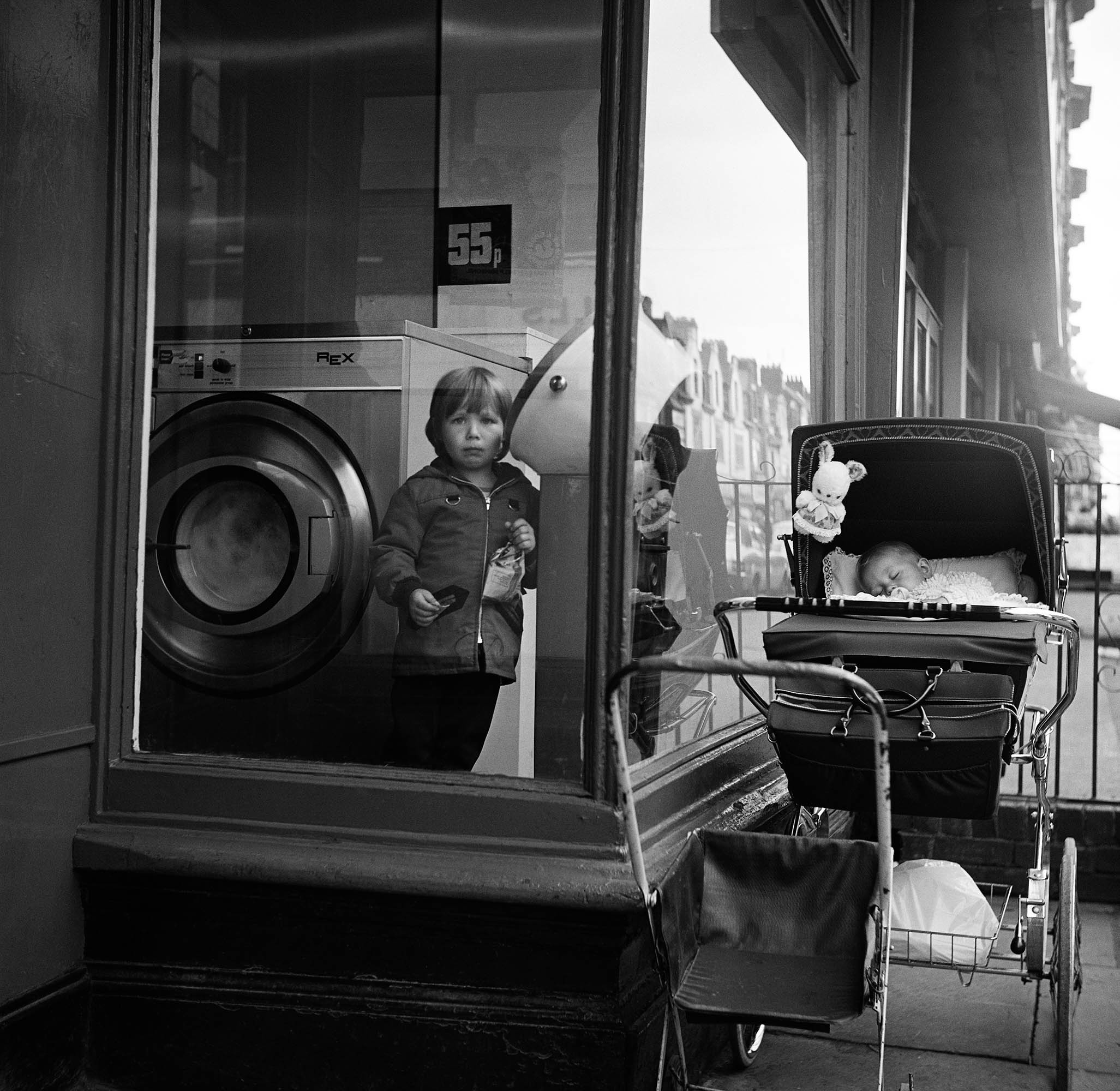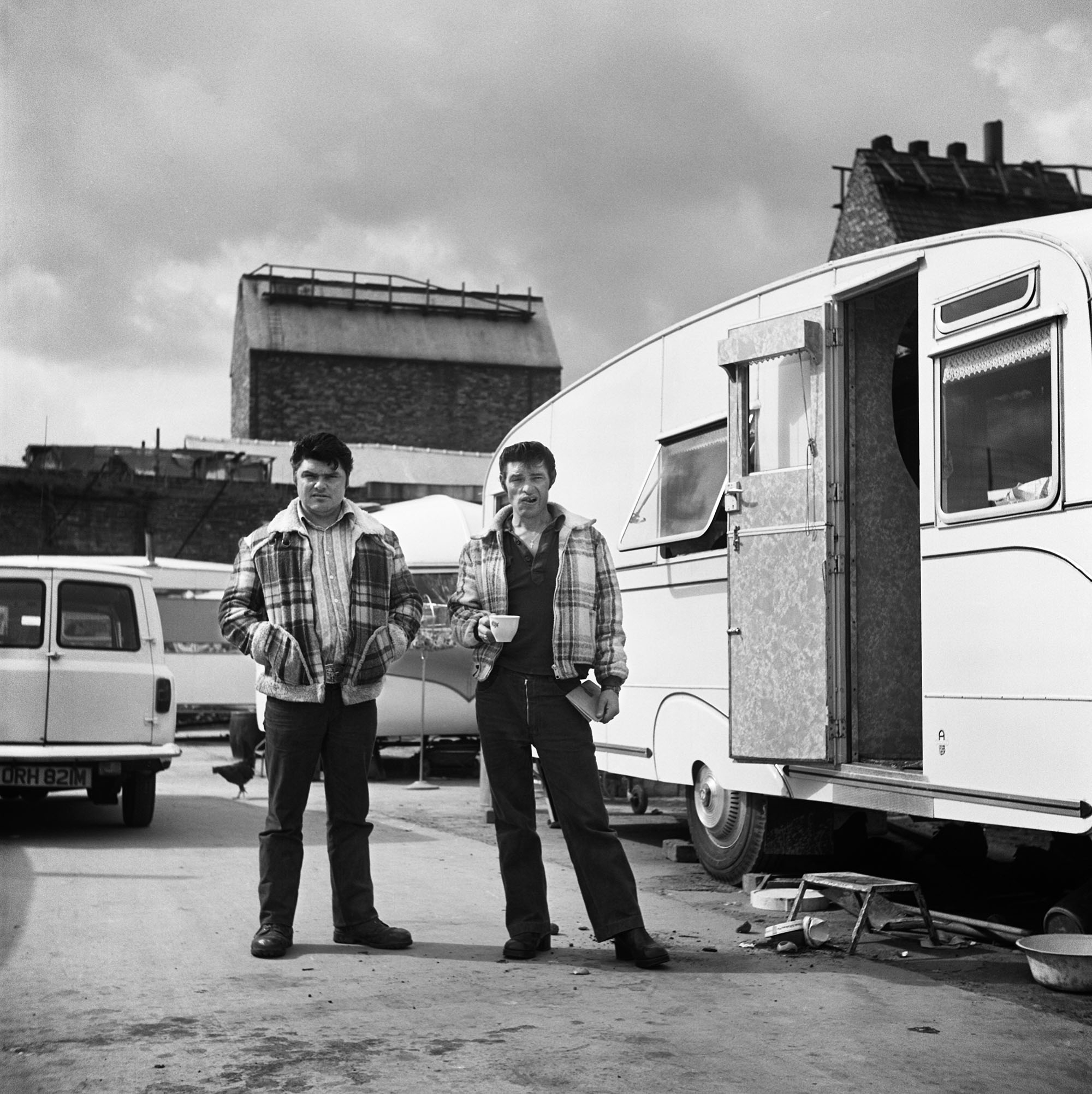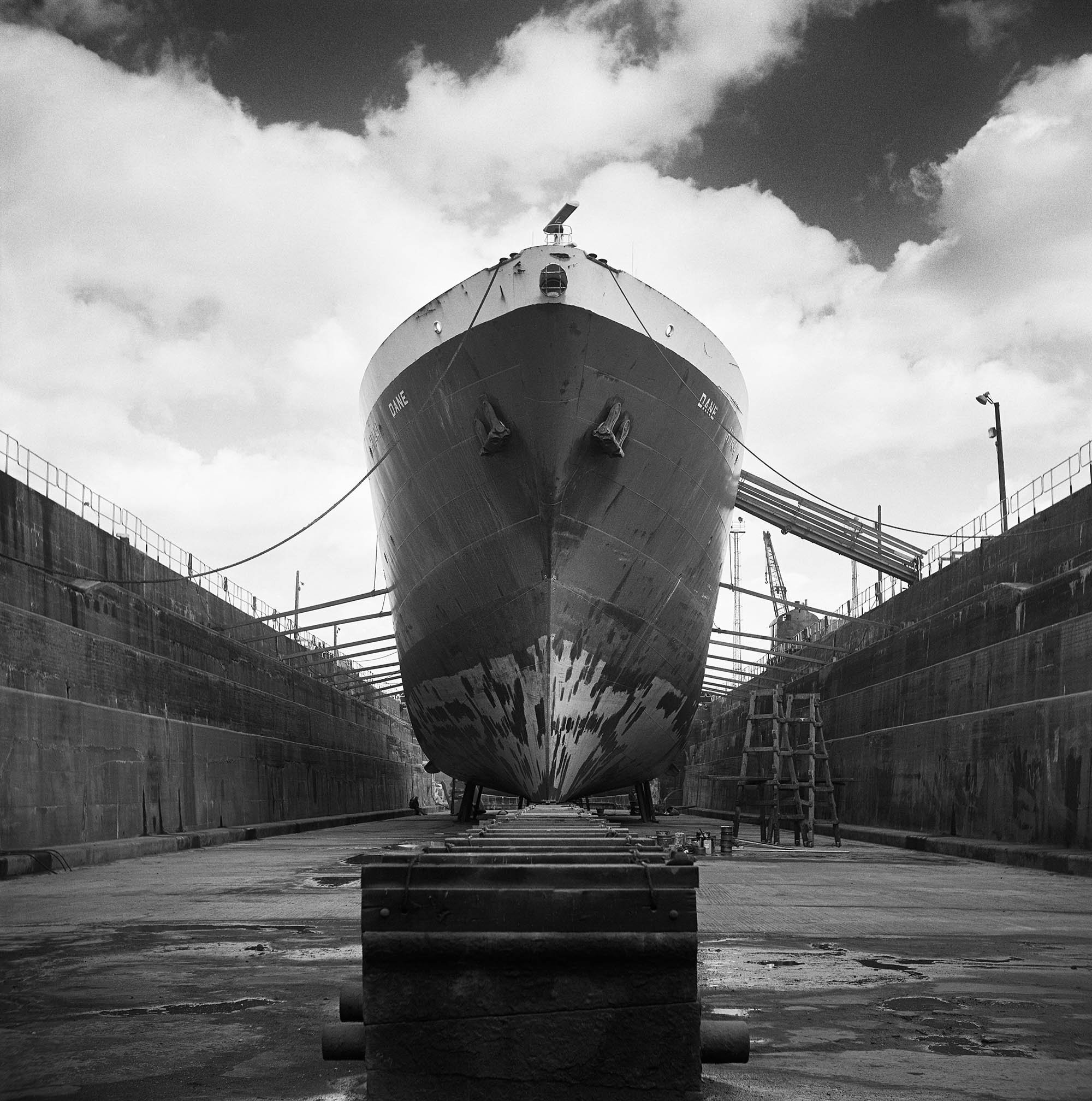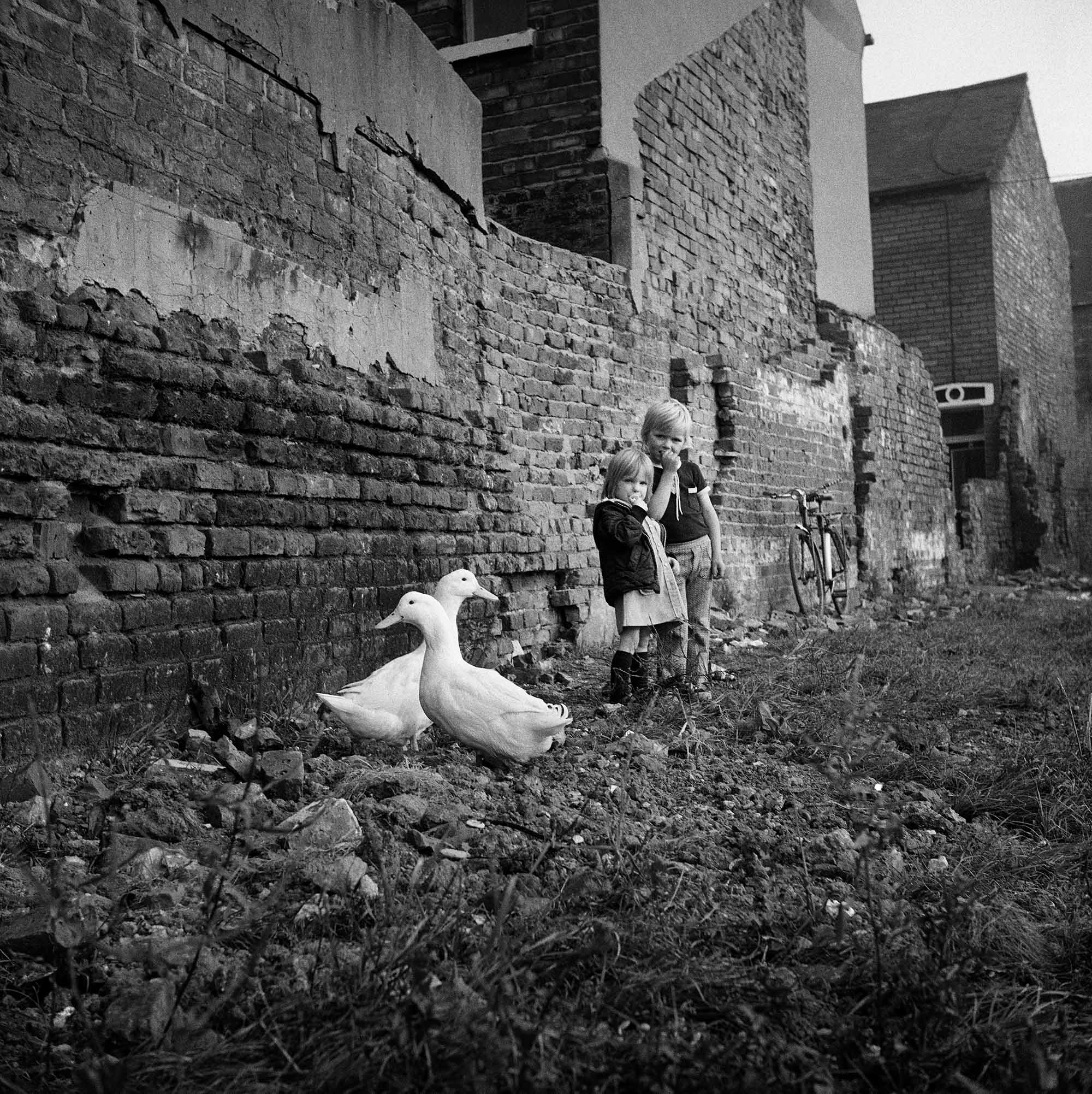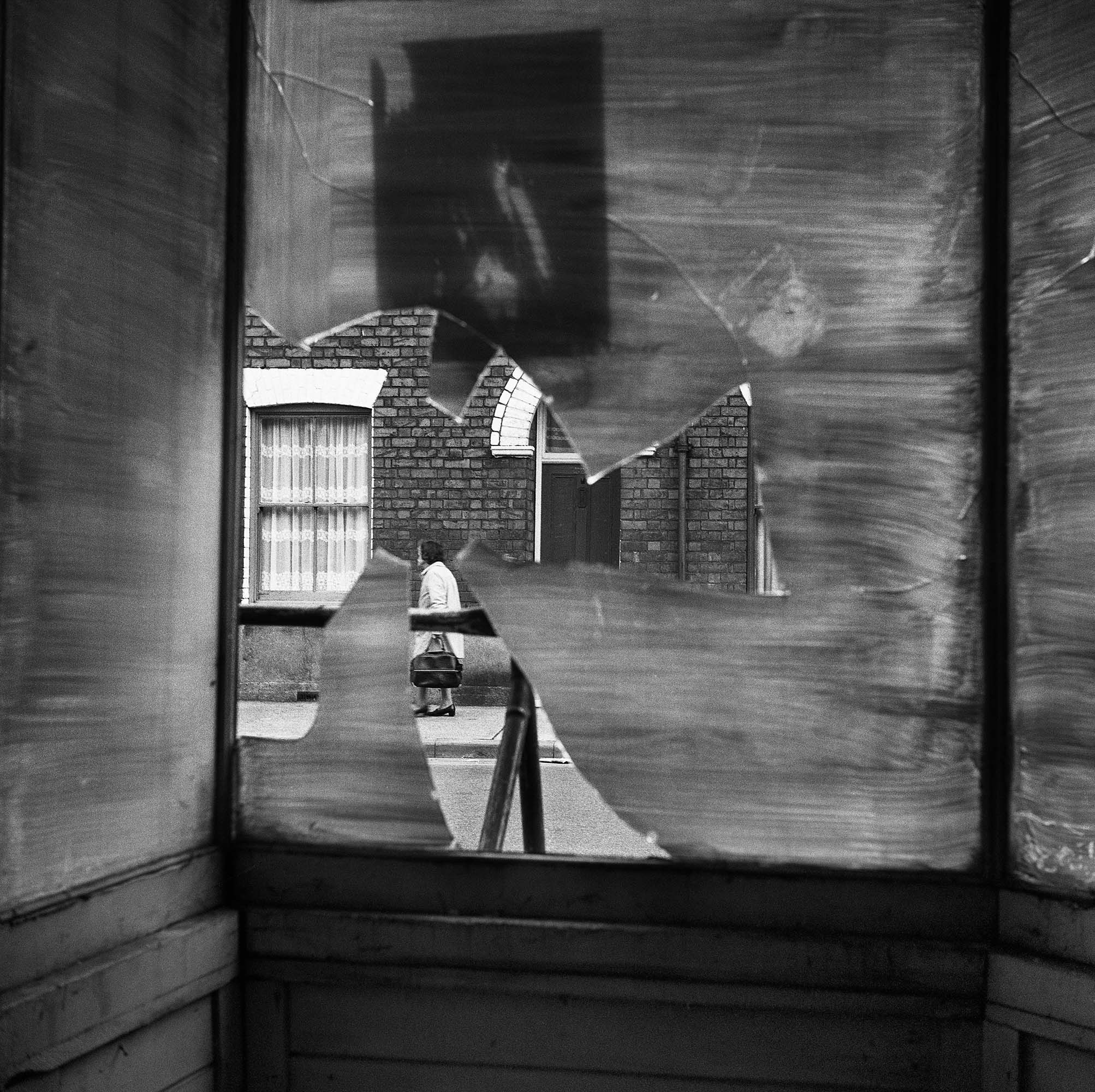Name
Adam Frint
Title ︎︎︎ Smoke / Break
“Smoke / Break” is a study in fragments, begun accidentally. One day, stopped in traffic, I noticed an arm and hand holding a cigarette, visible from behind a marble column. There was real beauty and elegance in the way the hand held the cigarette, the shape of the smoke, and the way the column created a frame. That was my first image. In the opening words of On Certainty, Ludwig Wittgenstein wrote ”If you do know that here is one hand, we’ll grant you all the Rest.” But we never know exactly what the rest is. A tattoo, a wedding ring, rugged hands, manicured nails; these fragments offer windows into a kaleidoscope of personas who have momentarily stepped outside the brisk pace of a chicago workday. Smoke is the elusive thread that binds them. The act of smoking is partially obscured by elements such as poles, columns, foliage, and blurred foregrounds, as if to avoid discord. Thereís something intimate and personal in these private moments, and they deserve to stay that way. These images are a tribute to their intimacy, anonymity, and grace.
Click ︎
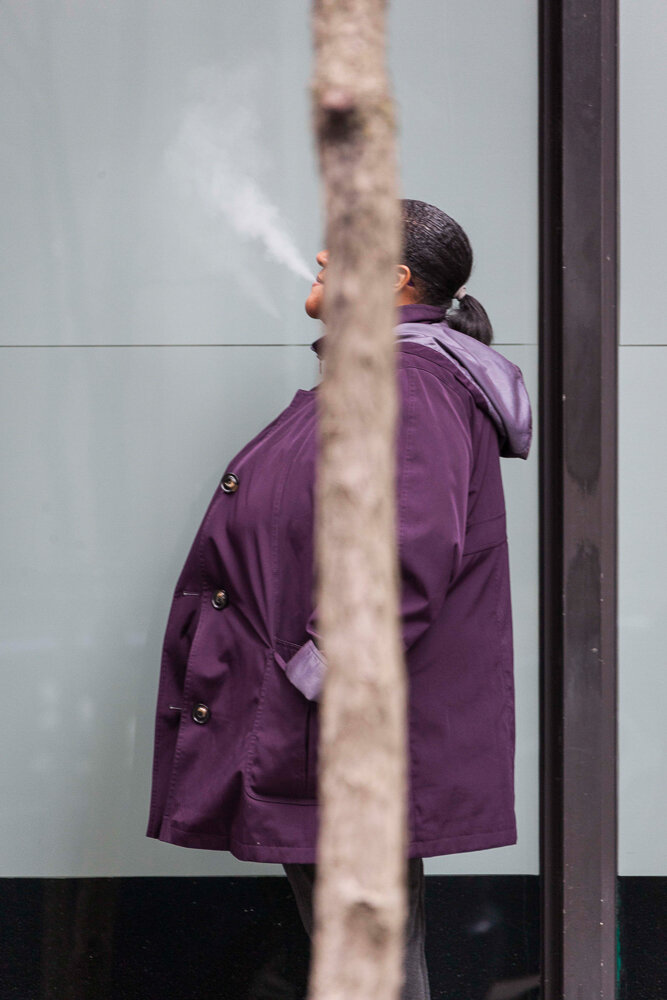



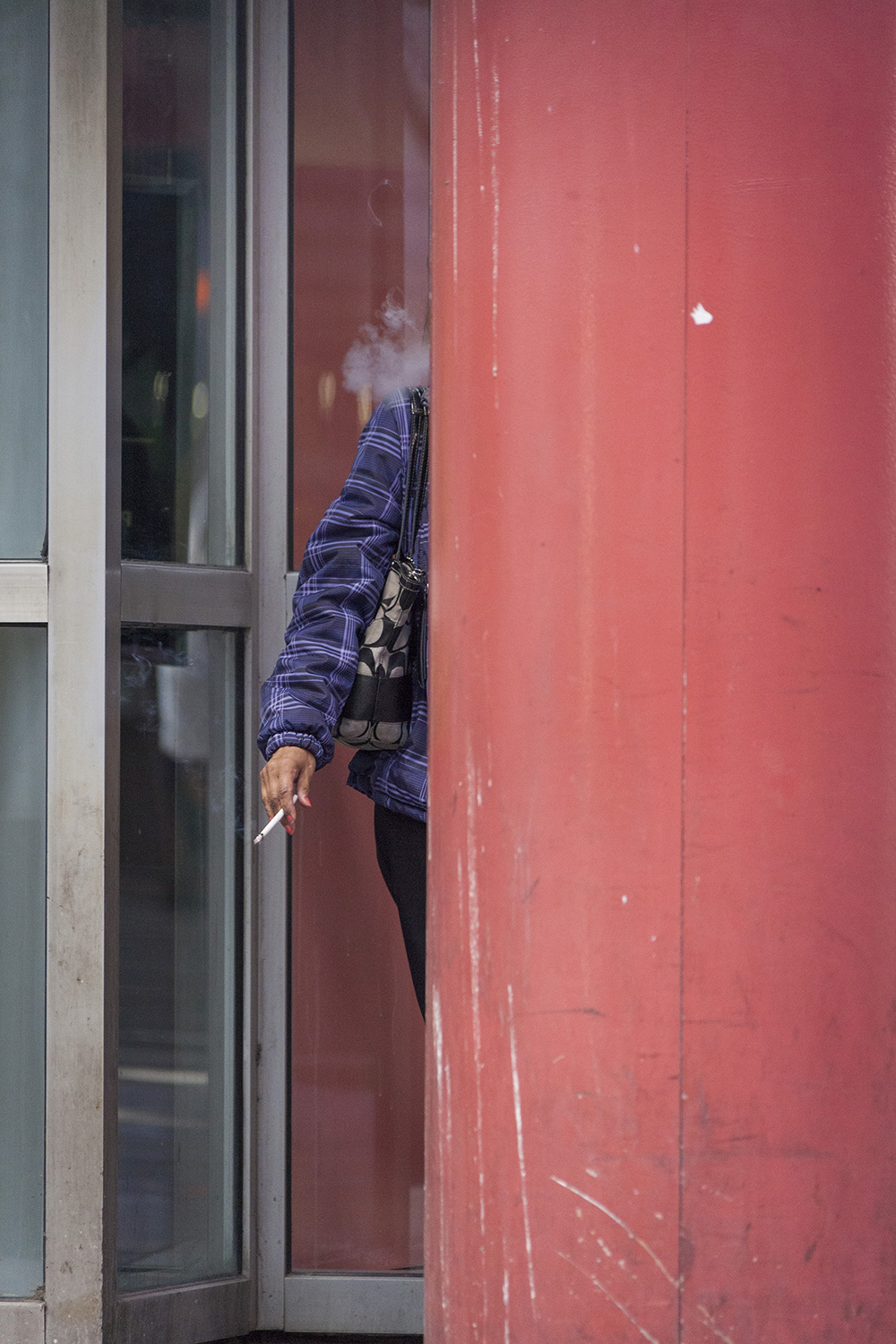
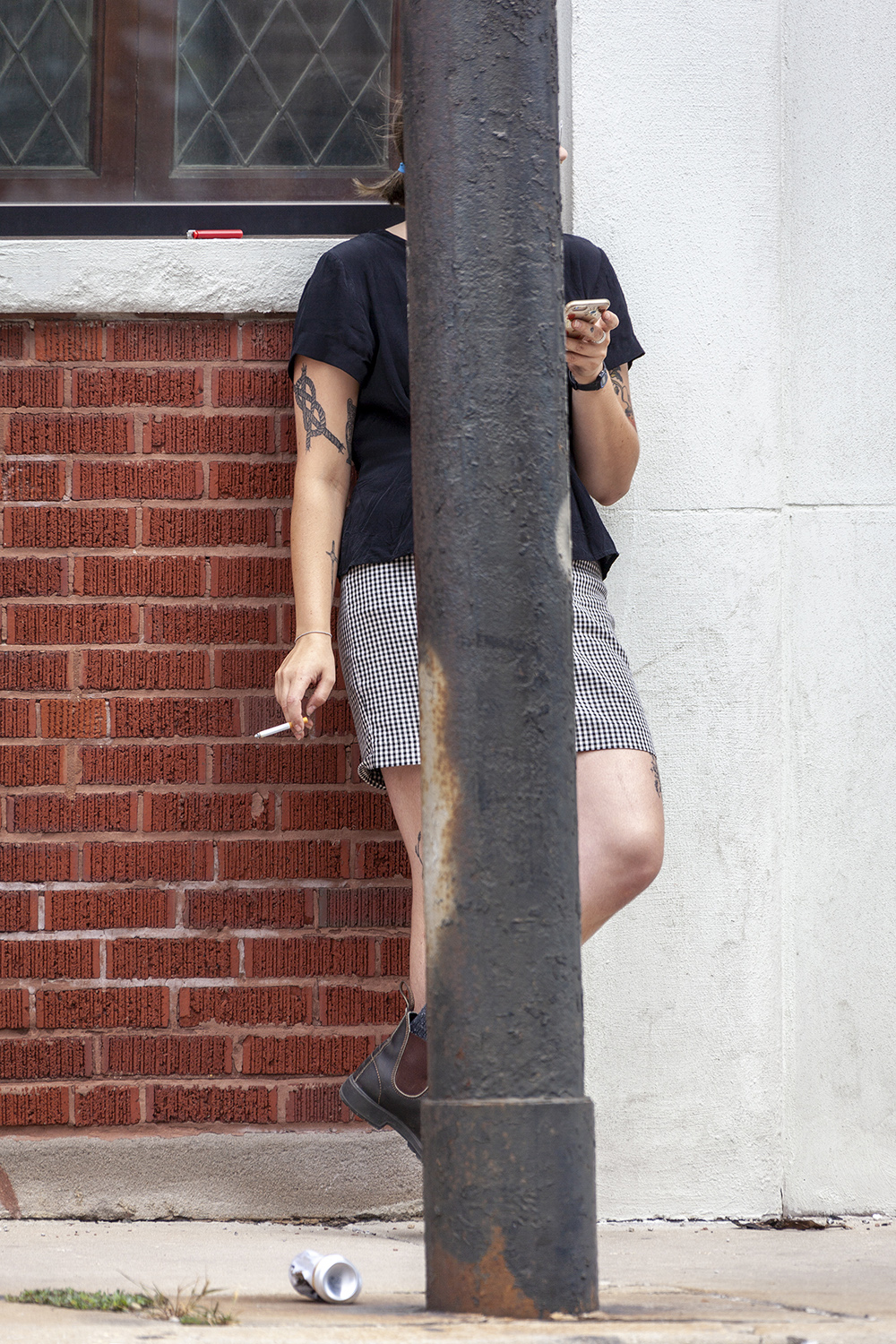
Name
Adele Akhunova
Title ︎︎︎ Untitled
I’m geophysicist, but I’ve always interested in visual art. Two years ago I started to discover photography for myself and it fascinated me. I love long walks and I like to explore new places. And in my works I try to find beauty in mundane and unnoticed details.
Click ︎

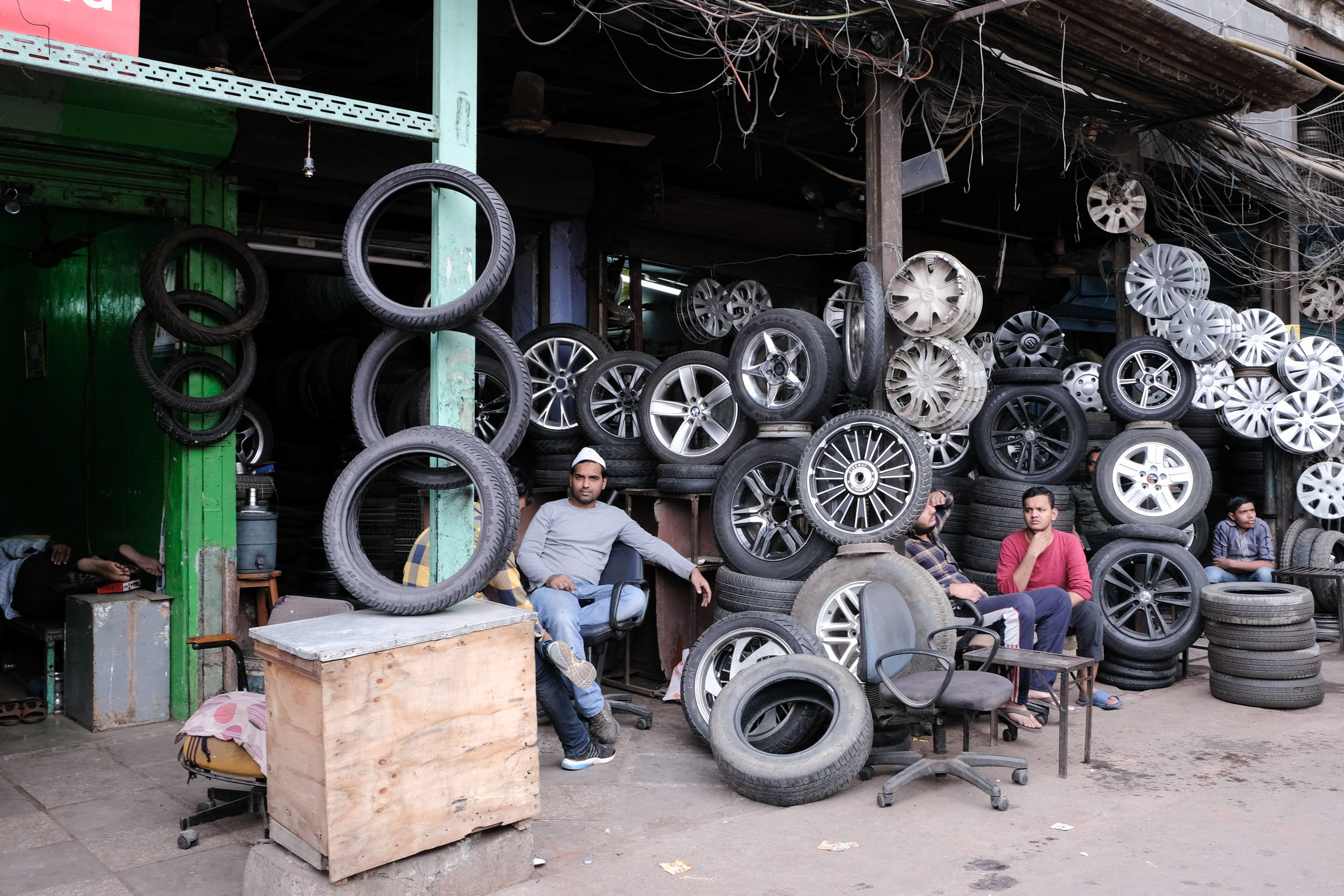

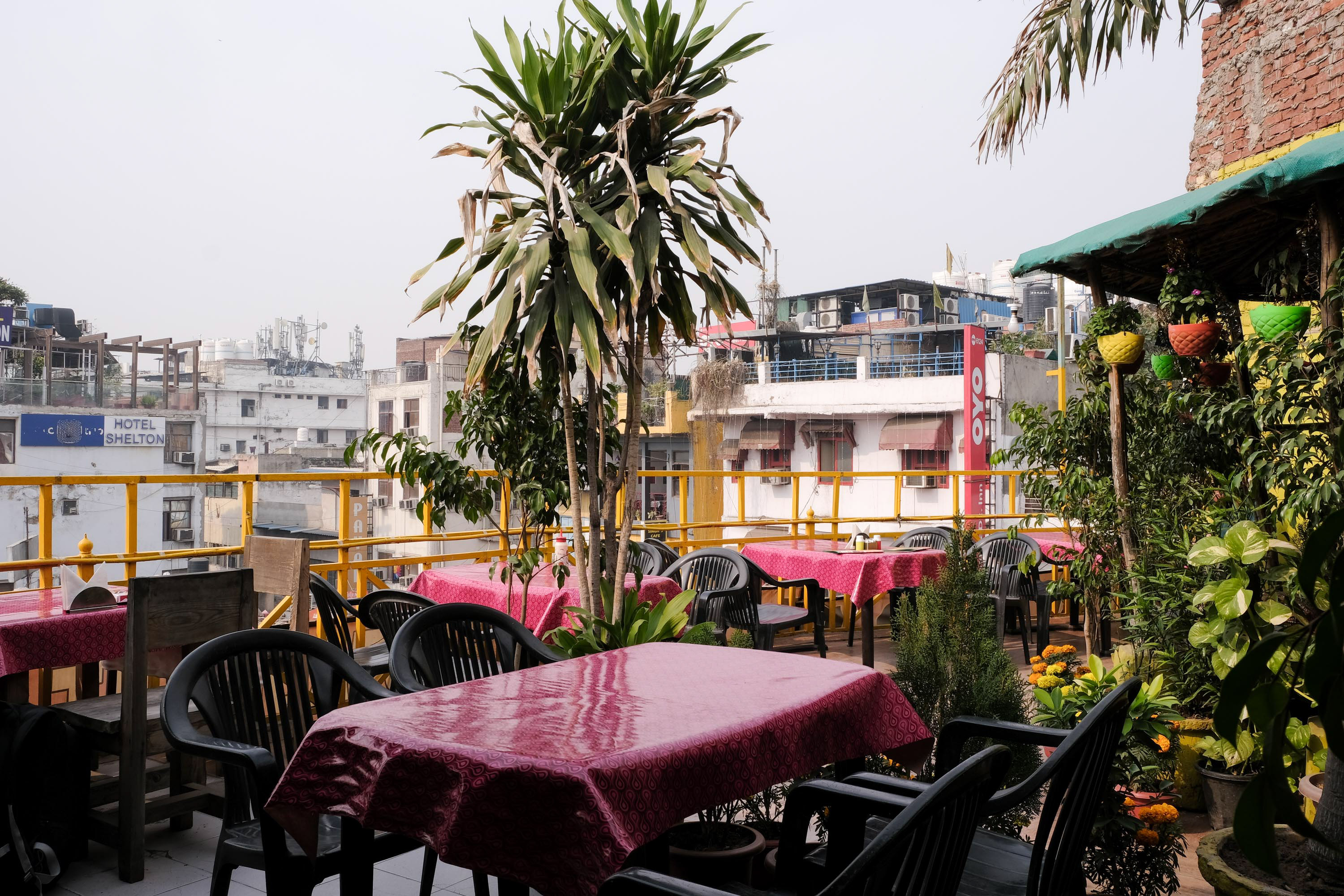


Name
Alessio Pellicoro
Title ︎︎︎ Ducale
On the whole, my research has always focused on the unique purpose of identifying the intimate identity of the things, places, and communities that inhabit them on which my interest and my gaze rest. I have always considered photography as a useful means to penetrate the surface of the world that surrounds me, bringing to light a possible interpretation of it, discovering that it reveals itself in multiple and sometimes unexpected forms, even if filtered by my unconscious. "Ducale" is a project that arises with the intention of examining the documentation and conservation activity that a museum institution carries out within its spaces and towards its cultural heritage. The Ducal Palace of Urbino was the main institution in which I was able to carry out my research: from its photographic and archival department to the restoration department, and then up to the storage rooms where the pieces (not in exposition) are deposited and stored. A systematic analysis of these three organs that are part of a complex apparatus that interact and operate in a synergistic way, trying to grasp the peculiar characteristics and essential functions of each of them.
Click ︎







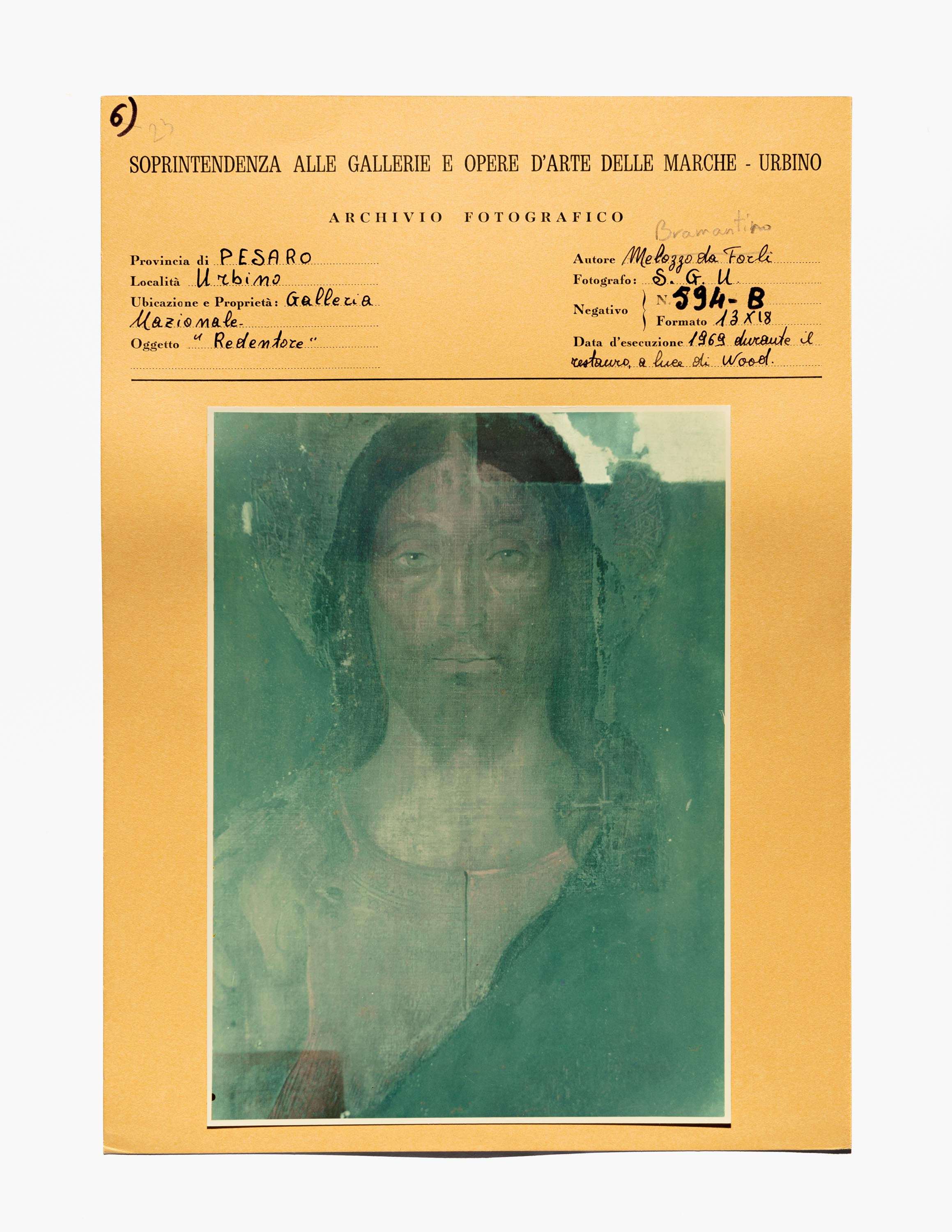
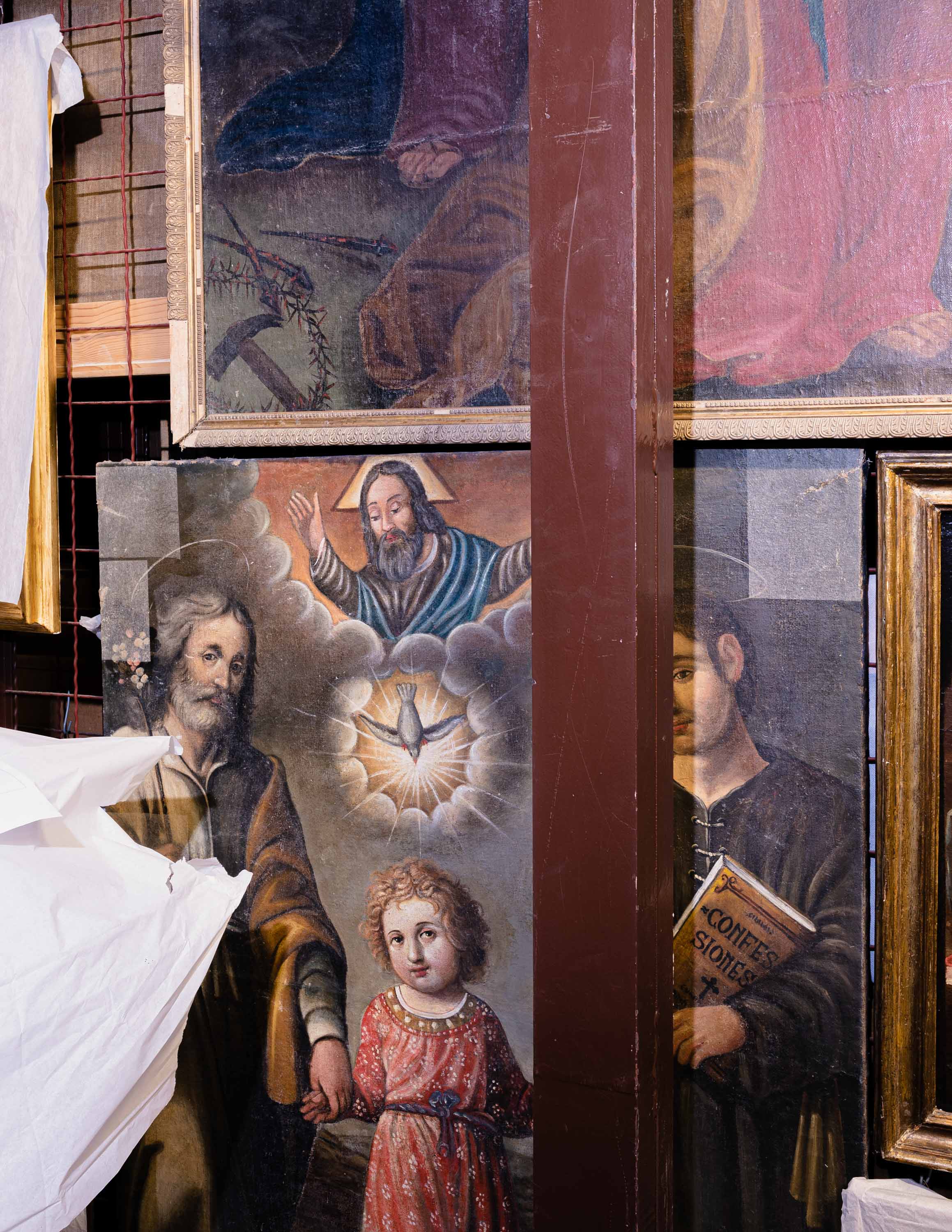

Name
Alessandra D’Innella
Title ︎︎︎ Life of Flowers
I am an Italian lens based artist living in London. After working in communication in the theatre sector as an art director and graphic designer, I received an MA from Goldsmiths University in Photography. I also have exhibited internationally in several group shows. Central to my work lies an exploration of the creative process, how this is affected by cultural identity, memory and influences in art from different cultures and traditions and how these factors can aesthetically affect and transform our perception.
I am submitting a series of pictures called Life of Flowers which is a project inspired by the idea of impermanence and illusion of reality in Zen philosophy. Using flowers as an ephemeral subject, I painted them with ‘unreal colours’ to give a feeling of abstraction. In these photographs the flowers are captured out of the flow of time, conveying in this way the illusion of a constant present moment and expanded memory of it.
I am submitting a series of pictures called Life of Flowers which is a project inspired by the idea of impermanence and illusion of reality in Zen philosophy. Using flowers as an ephemeral subject, I painted them with ‘unreal colours’ to give a feeling of abstraction. In these photographs the flowers are captured out of the flow of time, conveying in this way the illusion of a constant present moment and expanded memory of it.
Click ︎

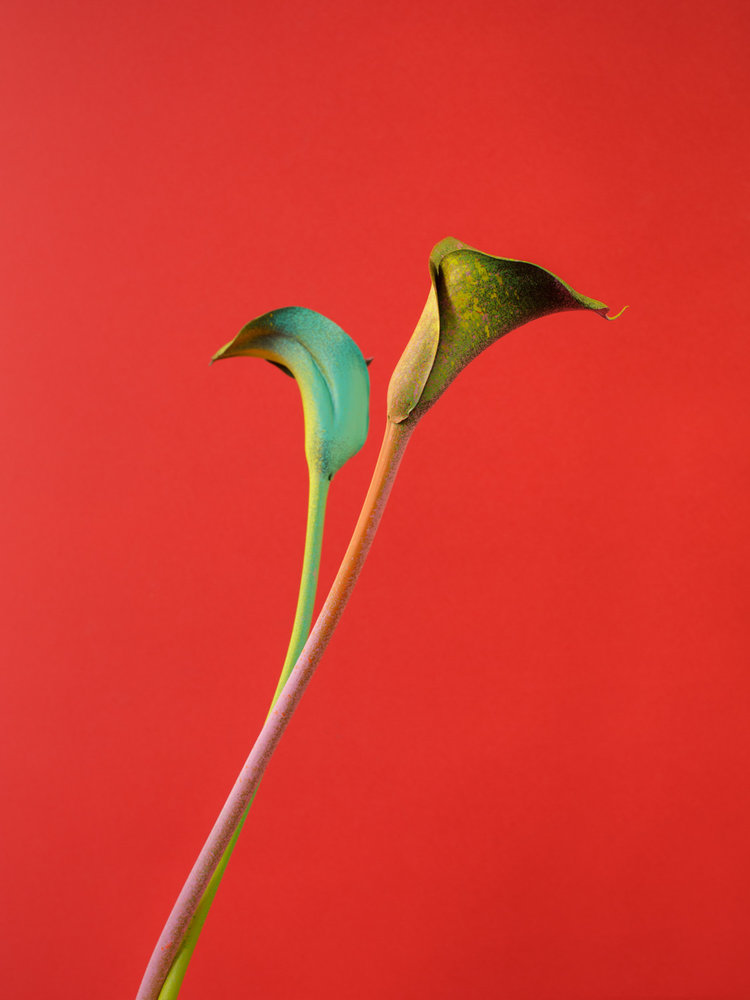



Name
Alec Gill
Title ︎︎︎ The Alec Gill Hessle Road photo archive
This photobook celebrates the study of one road and its community in the port city of Kingston upon Hull. Located in the northeast of England, Hull,* as it is commonly known, sits at the heart of the UK’s historic fishing culture. Local historian and author Alec Gill set about documenting Hull’s Hessle Road fishing neighbourhood in the early 1970s with a Rolleicord twin-lens reflex camera. This project includes a small selection of Alec’s photography taken during a period of over 16 years.
Alec wasn’t working as a commercial photographer or approaching his photographic practice as a form of artistic expression. He was a budding academic who was deeply interested in people and would go on to study a degree in psychology. His travels abroad in between jobs had led him to realise that there was a fascinating and rich fishing culture on his doorstep. Taking photographs of his native Hull consequently became a way of connecting with and understanding people on a human level.
Up until the 1970s, Hull’s port and Hessle Road area was a bustling and unique part of the city. Gillett and MacMahon note the impact the fishing industry had on the neighbourhood, ‘With the isolation of their homes at one end of the town, and with the very special conditions under which those connected with the trade worked, for a whole century the fishing community was almost completely severed socially and geographically from the rest of Hull.’** This disconnection gave the place its very own character and culture.
- written by Iranzu Baker
Alec wasn’t working as a commercial photographer or approaching his photographic practice as a form of artistic expression. He was a budding academic who was deeply interested in people and would go on to study a degree in psychology. His travels abroad in between jobs had led him to realise that there was a fascinating and rich fishing culture on his doorstep. Taking photographs of his native Hull consequently became a way of connecting with and understanding people on a human level.
Up until the 1970s, Hull’s port and Hessle Road area was a bustling and unique part of the city. Gillett and MacMahon note the impact the fishing industry had on the neighbourhood, ‘With the isolation of their homes at one end of the town, and with the very special conditions under which those connected with the trade worked, for a whole century the fishing community was almost completely severed socially and geographically from the rest of Hull.’** This disconnection gave the place its very own character and culture.
- written by Iranzu Baker
Click ︎
